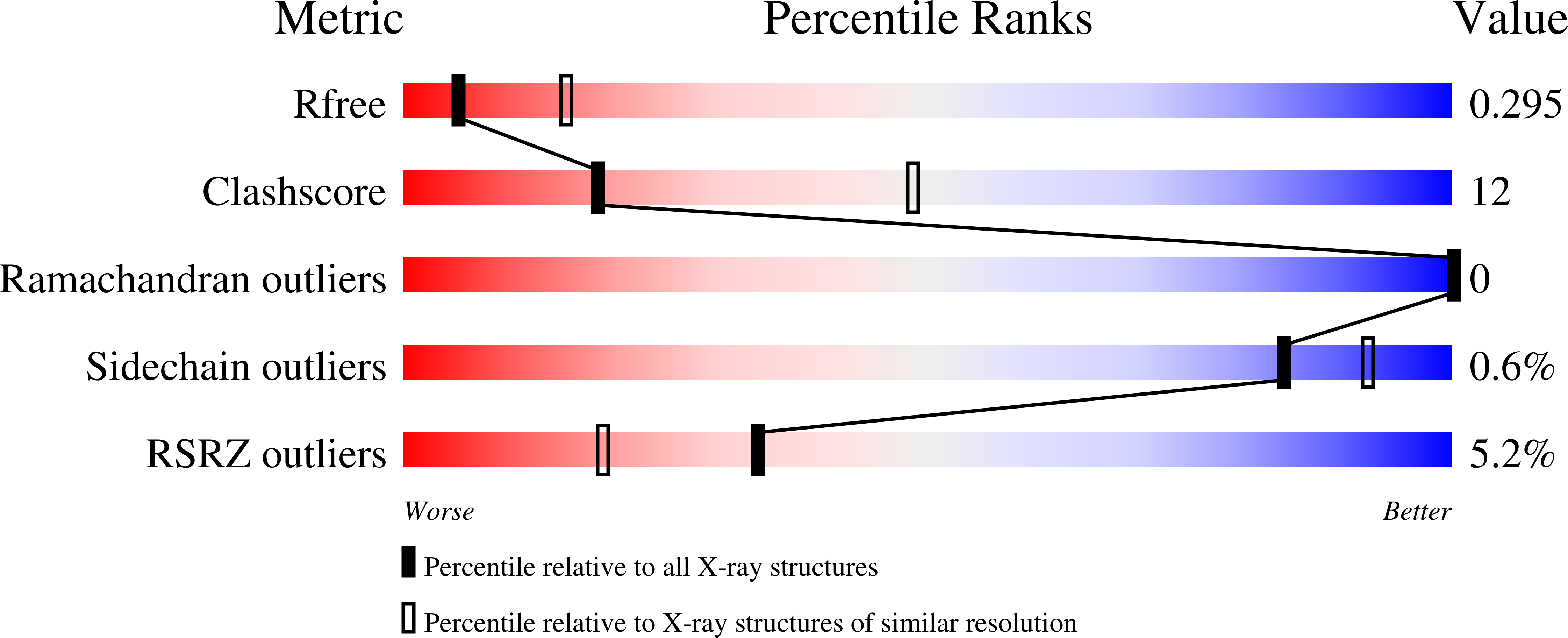
Deposition Date
2023-09-04
Release Date
2024-09-11
Last Version Date
2024-12-25
Entry Detail
PDB ID:
8QFB
Keywords:
Title:
Crystal structure of human MPP8 C-terminal region (residues 565-860)
Biological Source:
Source Organism:
Homo sapiens (Taxon ID: 9606)
Host Organism:
Method Details:
Experimental Method:
Resolution:
3.04 Å
R-Value Free:
0.29
R-Value Work:
0.25
R-Value Observed:
0.25
Space Group:
P 21 21 21


